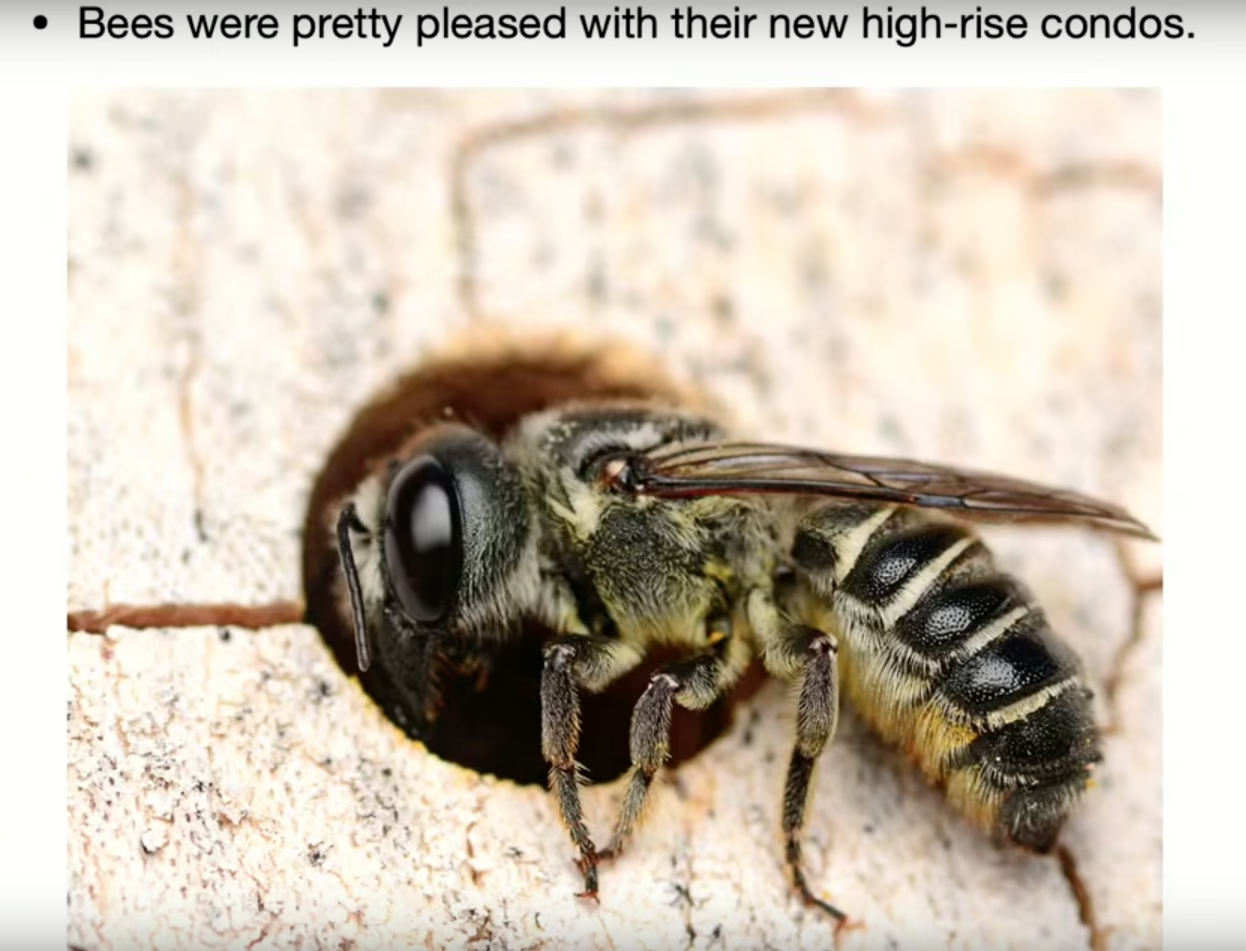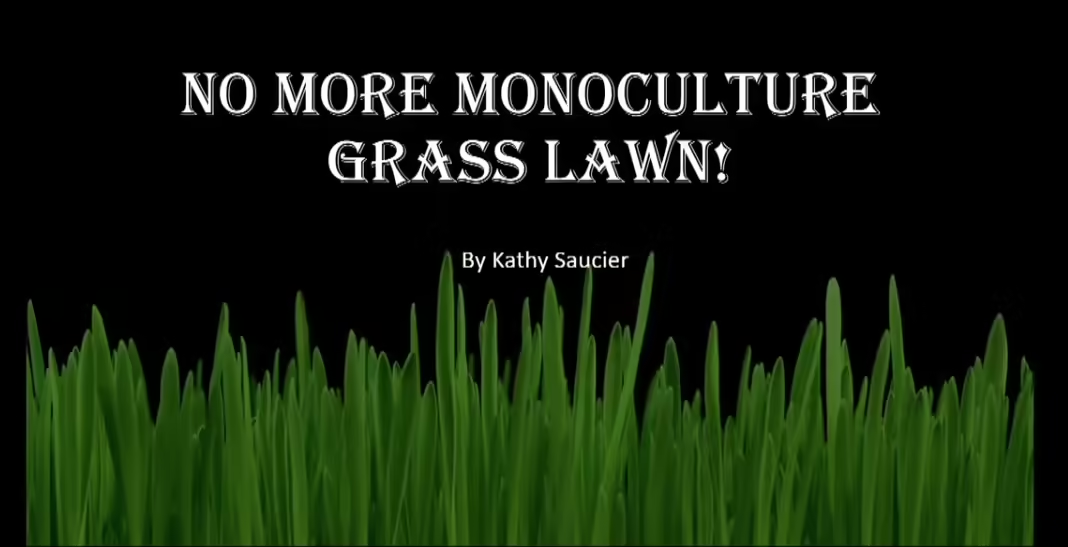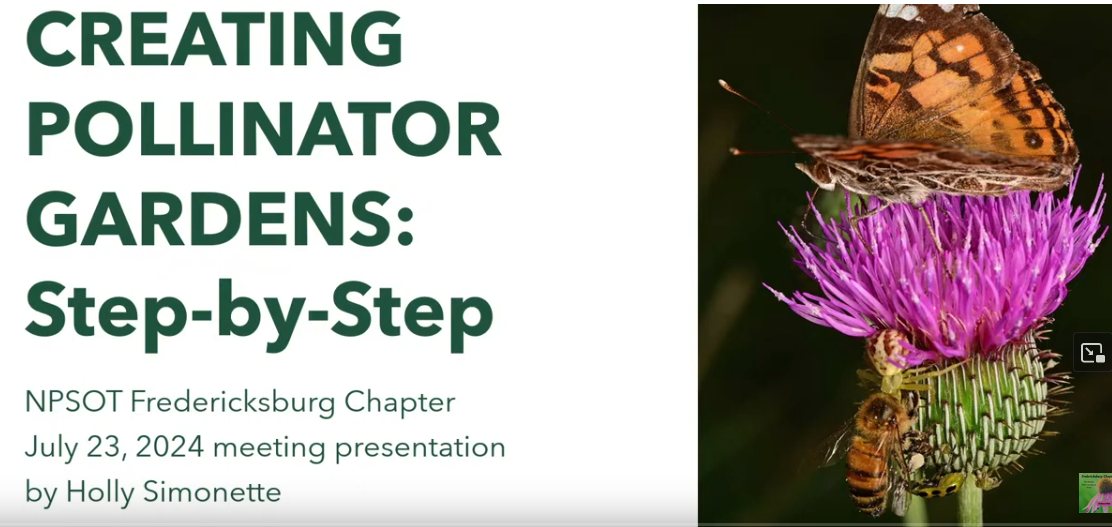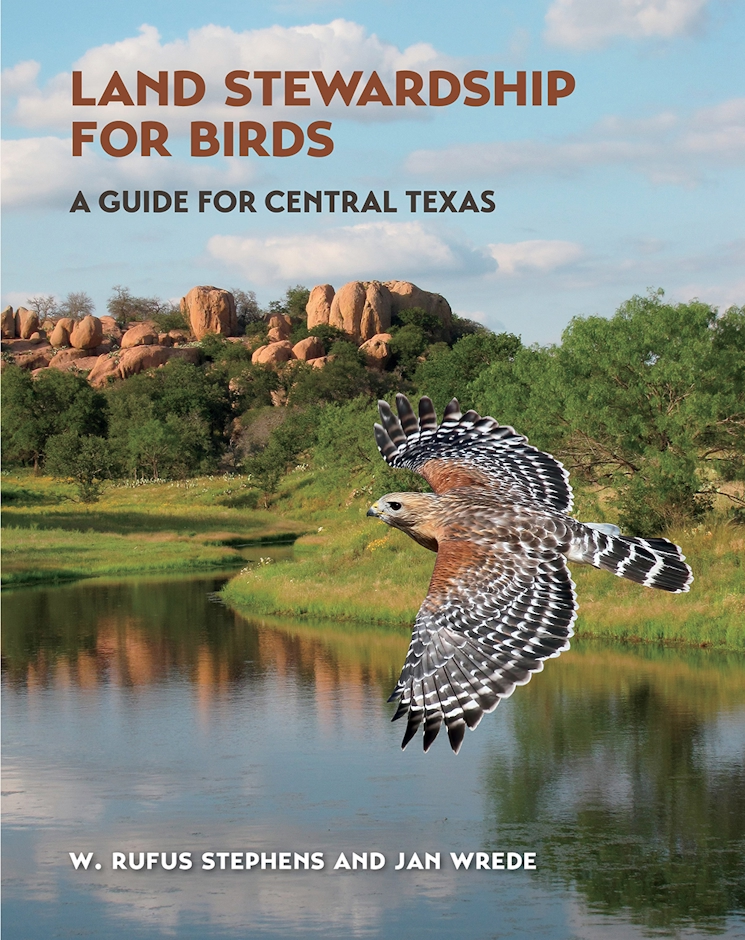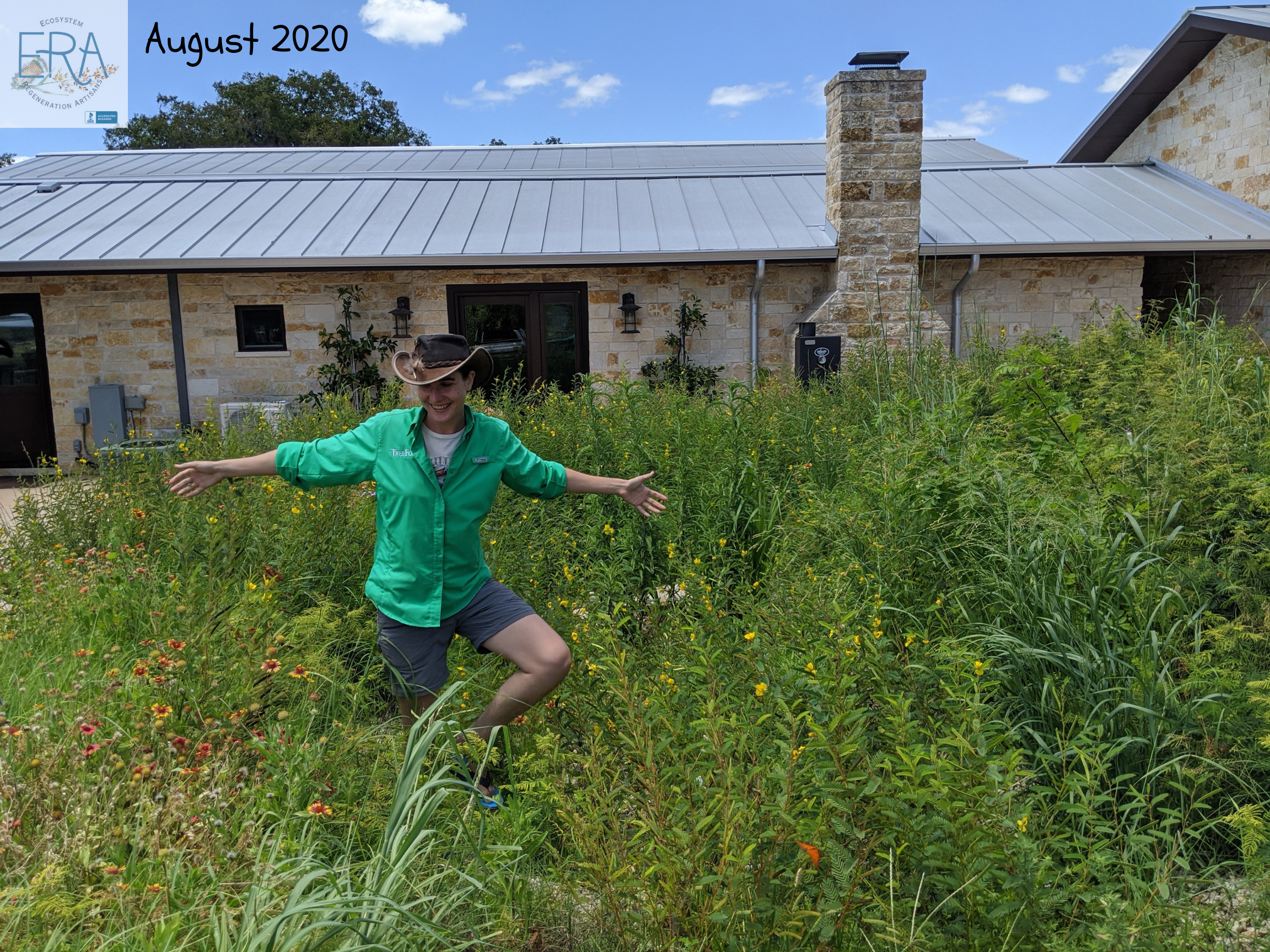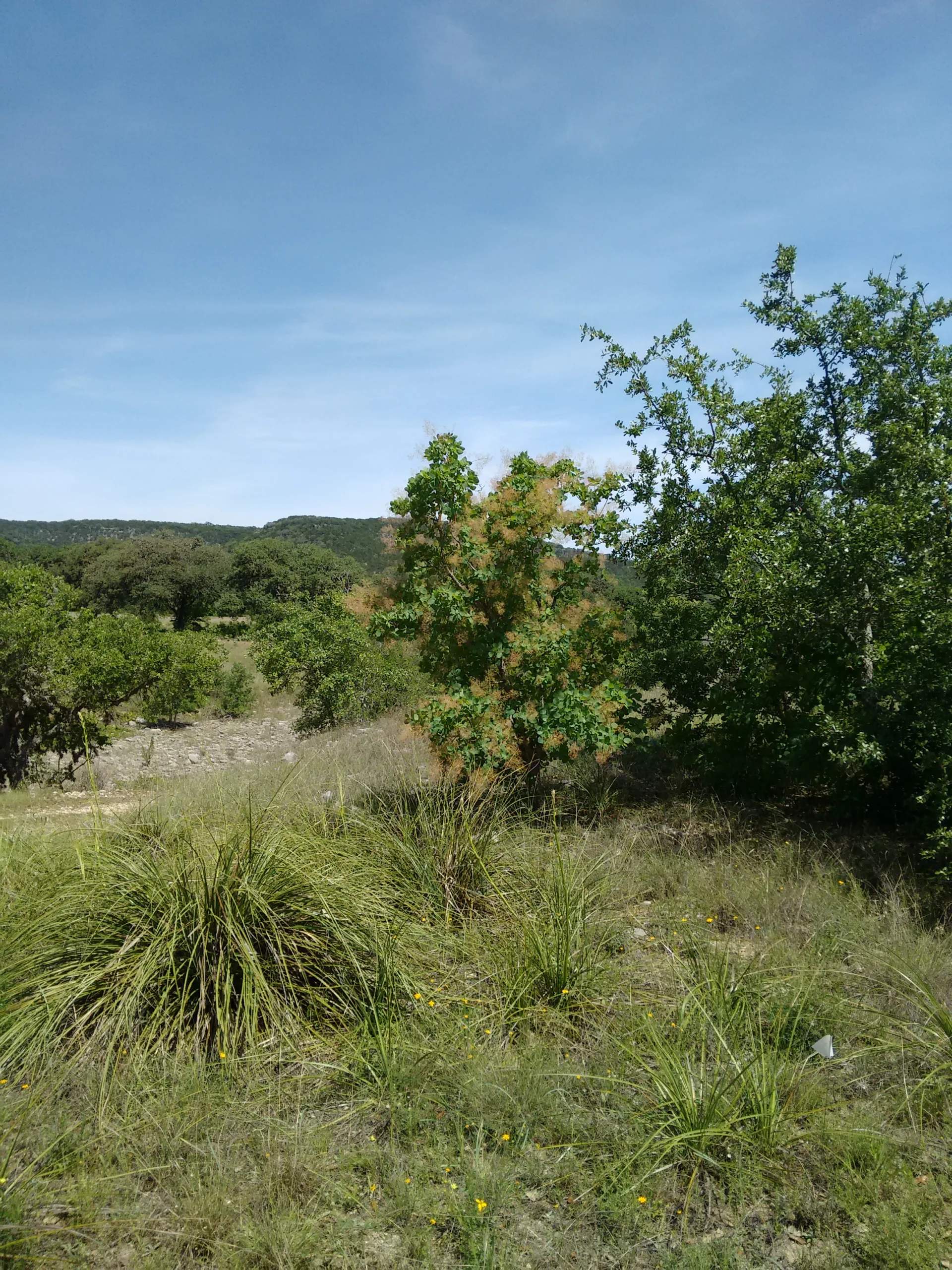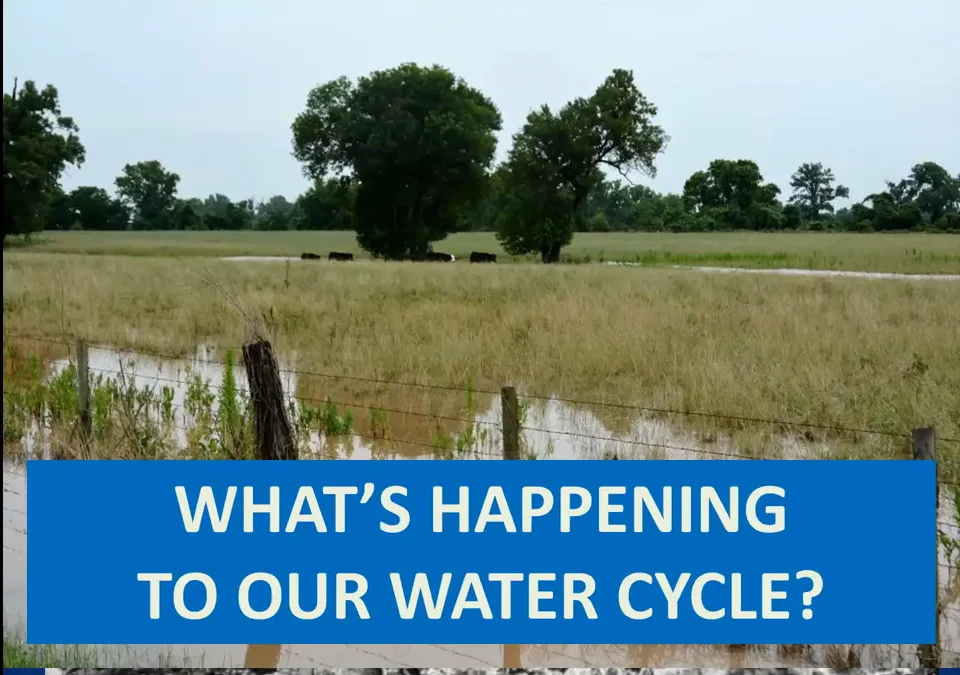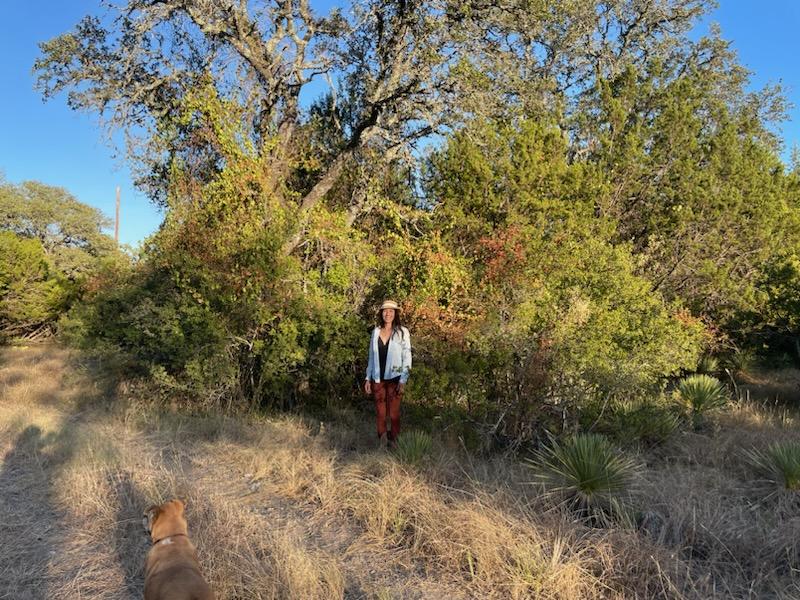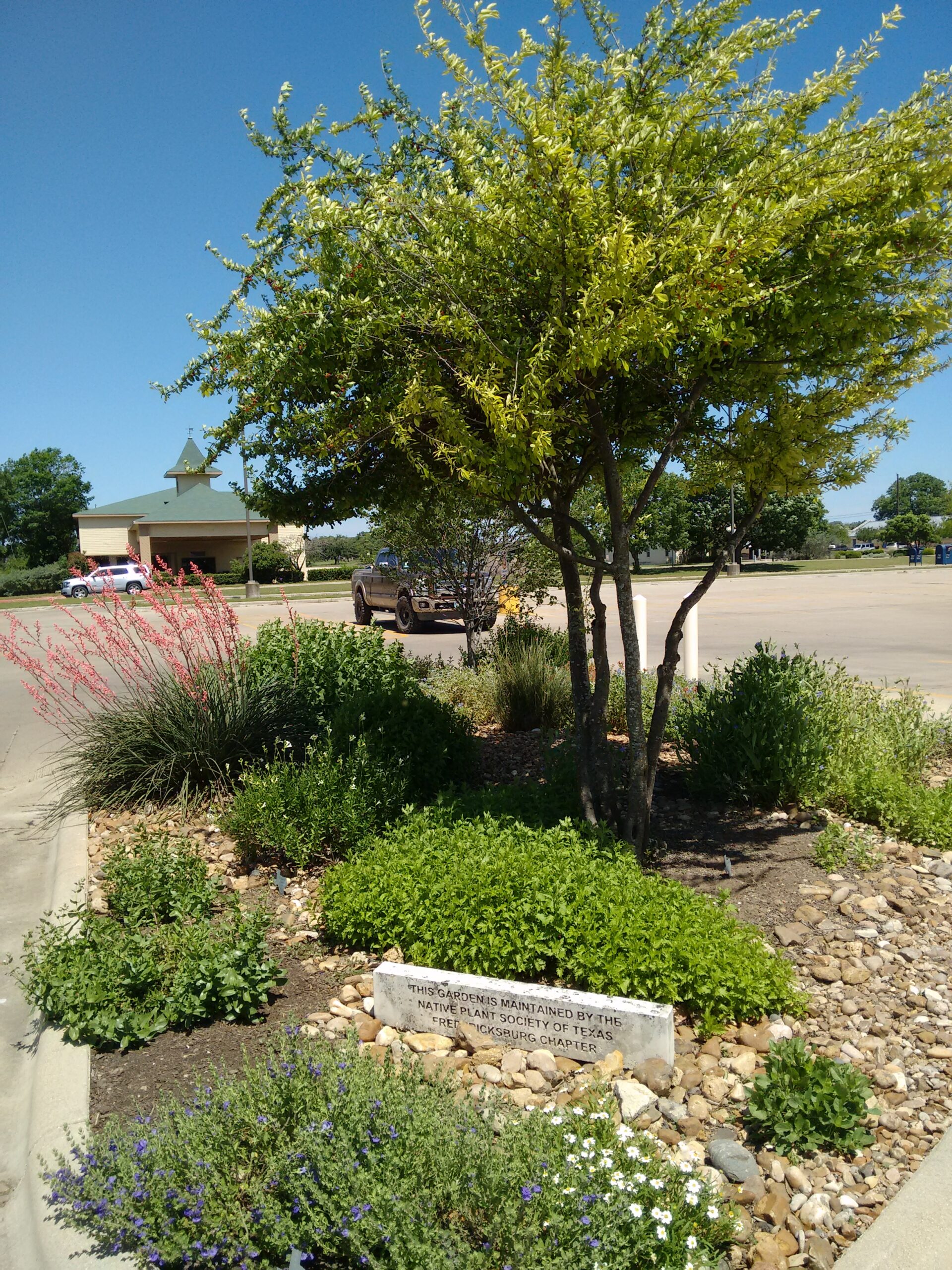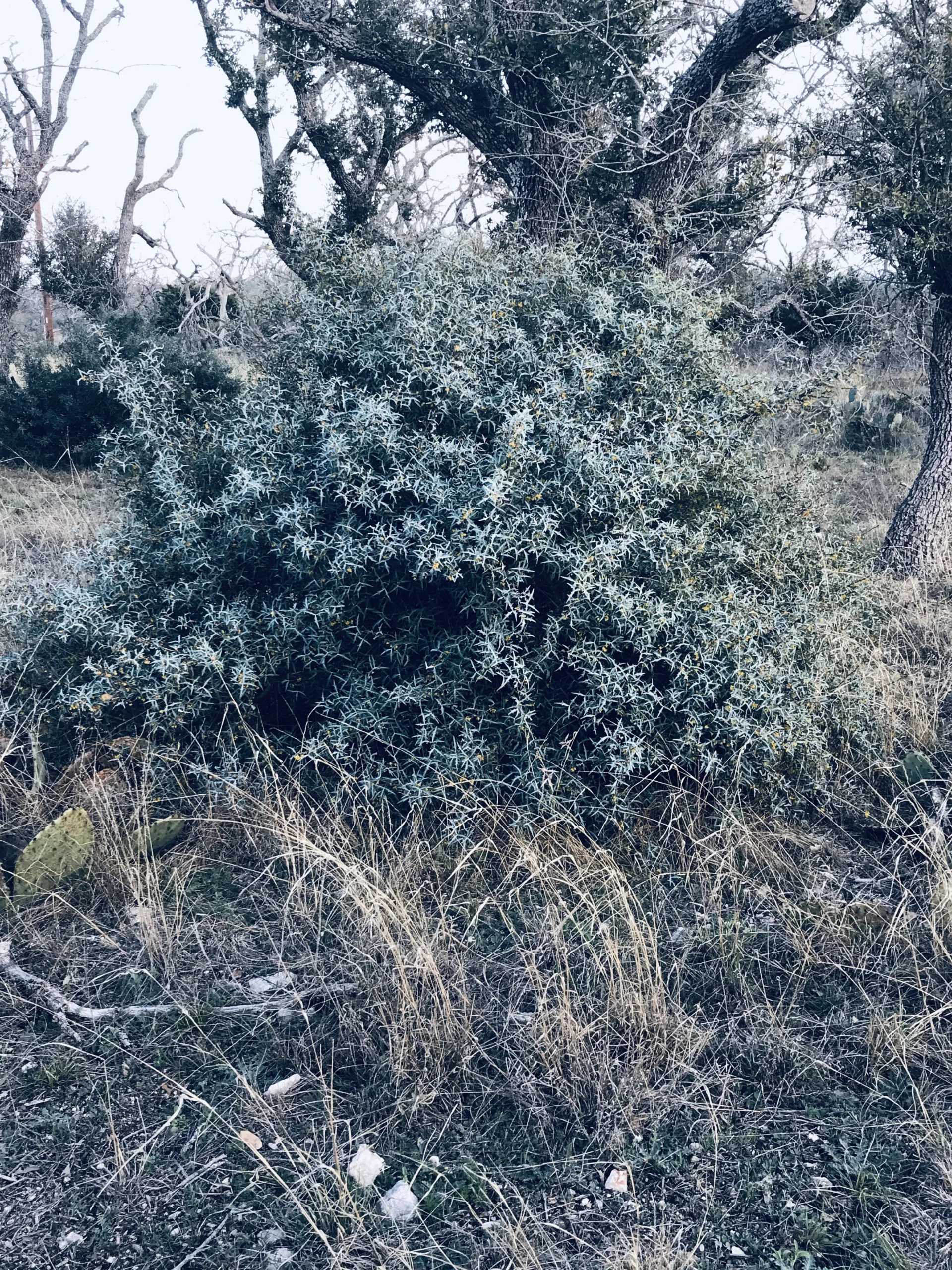Willkommen ~ Welcome
Identifying Native Plants with iNaturalist:
Year-Round Discovery for Citizen Scientists (and landowners)
Plants, animals and insects share our yards an d environment. But can you name them? The answer is as close as your cell phone when you become a citizen scientist using the iNaturalist app to identify them.
d environment. But can you name them? The answer is as close as your cell phone when you become a citizen scientist using the iNaturalist app to identify them.
Peter Joseph Hernandez, a seasoned iNaturalist user for the past ten years, presents us with a tool to explore our incredible world when the Fredericksburg chapter of the Native Plant Society of Texas (NPSOT) holds their next meeting on Friday, April 22.
His focus: how to use the technology at our fingertips with a phone’s iNaturalist app to document plants, animals and insects in our environment. A deeper awareness of the ecology and expanding biodiversity around us becomes apparent in the moments we record.
6:30 greeting friends new and old
7:00 ~ This month ‘s business meeting & presentation:
If your day doesn’t quite manage in-person attendance,
Join us @ 7:00 p.m. on our YouTube channel: Fredericksburg Texas Native Gardening. Click “live” to see the scheduled meeting. Click on that meeting to join. The chat window will be open for questions during the presentation for those who have subscribed to the channel.
The Fredericksburg Chapter of the Native Plant Society of Texas
invites you to join us in exploring the heart of our native Edwards Plateau ecosystem.
Where is the Fredericksburg Chapter in the state of Texas?
If you draw an equilateral triangle with Austin and San Antonio anchoring the easternmost points.
The triangle climbs onto the Edwards Plateau, its tip touching Fredericksburg and Gillespie County. This is Hill Country!
The pink dome of Enchanted Rock rises to the north of us.
This entire area is an intricate patchwork of oak and juniper woodlands, savannas interwoven with grasslands, tree mottes and shrubs. Always native blossoms stand ready to amaze the viewer.
Ours is truly a rich and diverse natural heritage.
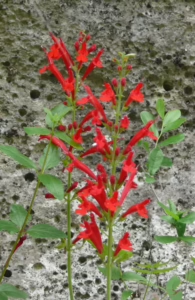
Cedar Sage – a shady beauty for a NICE spring
Cedar Sage is aptly named. The tidy evergreen rosettes with 1 – 2 foot tall spikes of brilliant red evolved to grow in the shade and fine leaf litter under the Hill Country native cedars (Ashe Junipers). Treasure this like the wildflower that it is. Fine gravely soil with dappled shade and good drainage are its home. Once established, Cedar Sage is very drought-tolerant and highly deer-resistant. And as with other red-flowered Salvias, its flowers are both edible and sweet and can make an attractive garnish.
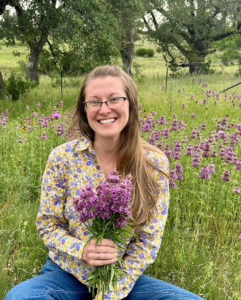
Medicinal Native Plants of the Texas Hill Country
Herbalist Lauren Peterson speaks March 25 at the Fredericksburg chapter meeting. Trouble with tummy ache, sore throat or trouble sleeping, she explores the common medicinal plants in our area with methods and recipes for preparing them. Your may have some of these plants in your backyard. Link to pdf presentation slides and medicinal recipes on the post.
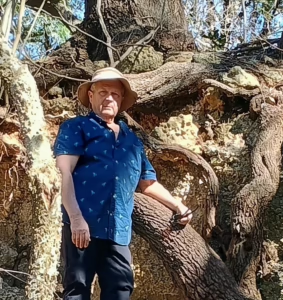
“Let’s Get Growing: Learn to Propagate Native Plants
“I have always been fascinated by seeds and the miracle of the plants growing from them,” stated Watt, President of the Fredericksburg chapter Board of Directors. “I’m looking forward to sharing my many years of experience growing from seed and other propagation methods.”
Watt has been deeply involved with plants, from botanic garden-sponsored expeditions in Central and South America to taxonomy, landscape design, installation and maintenance, plant collection and propagation.
Arlon Motsch – January speaker – Transforms Lawn into Native Plant Haven and Photography Studio
Driven by a commitment to water conservation and wildlife support, Arlon Motsch replaced his traditional grass lawn with a variety of Texas native plants. He will share how he overcame the challenges of plant selection and community skepticism while enhancing his home’s aesthetics and sparking a passion for insect photography.



